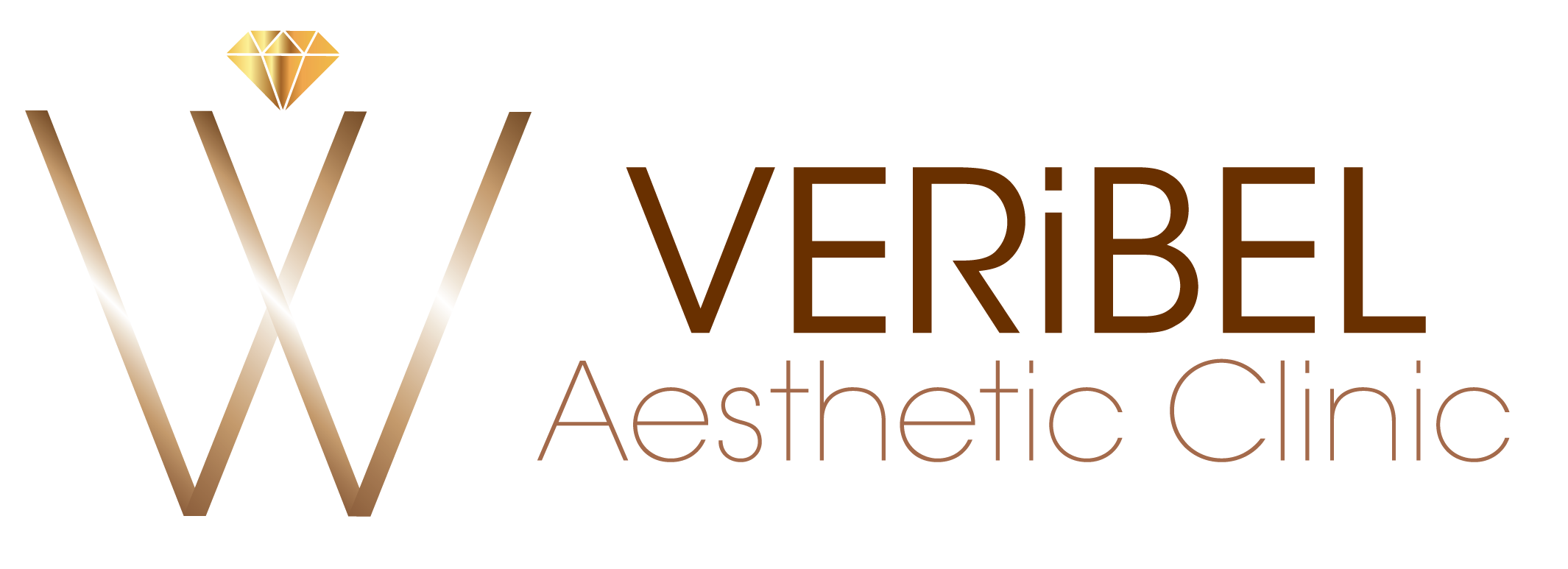In this laser pigment series, I will address common pigmentation concerns in Singaporeans, and share my opinion on the debate, picolaser vs Q-switched laser, which is better?
What is a Q-switched laser?
The laser fires energy in short nanosecond pulses. These pulses break down pigmentation, and your body’s immune system, your macrophages, will gradually remove it.
What is a picosecond laser?
It is an advancedtechnology from traditional Q-switched lasers, firing beams 10 times faster, hence feels less warm on your skin.
What is the benefit of a picosecond laser vs a Q-switched laser?
Traditionally, we have been using the Q-switched laserwhichdoes effectively address majority of pigmentations. It’sexcellent for large stubborn pigments like sunspotsand Horis Nevus.Studies demonstrate that pico laser is superior to Q-switched laserfor:
- Tattoo removal
- Stubborn pigmentation ( A good example is melasma, which occur in 20% of the pigmentation patients I see in my clinic)
- Pores and superficial acne scars
What is the cost of each laser treatment?
Q–switched laser: Cost varies depending on the duration of treatment, type of pigmentation, and expertise of your doctor. It can range from $100 –$500
Pico laser:Costalsovaries depending on the duration of treatment, type of pigmentation, and expertise of your doctor.Prices range from $300 – $750
What are the side effects of pico laser compared to a Q- switched laser?
A picosecond laser, by virtual of its shorter pulse of energy,
- Is less painful
- Has less PIH risk (post-inflammatory hyperpigmentation)
- And in event of PIH, tends to be less severe and lasts shorter duration
But the downside of picosecond laser is:
- Less glow and radiance post laser compared to Q-switched laser
- Less effective for bigger pigments
- More costly than Q-switched laser
Can we effectively combine both lasers?
Yes, in certain pigments, we can use a Q-switched laser to break down large pigments into smaller ones, followed by a pico laser to shatter the small pigments further.
Finally, the key is still, sunblock. Stay in the shade and away from too much sunshine.
The conclusion:
So pico laser vs Q-switched laser, which is better?
In my experience, I think the question to ask is, which laser treatment is most suitable for me. Both lasers have pros and cons, so ultimately, it depends on your skin condition and expectation.
